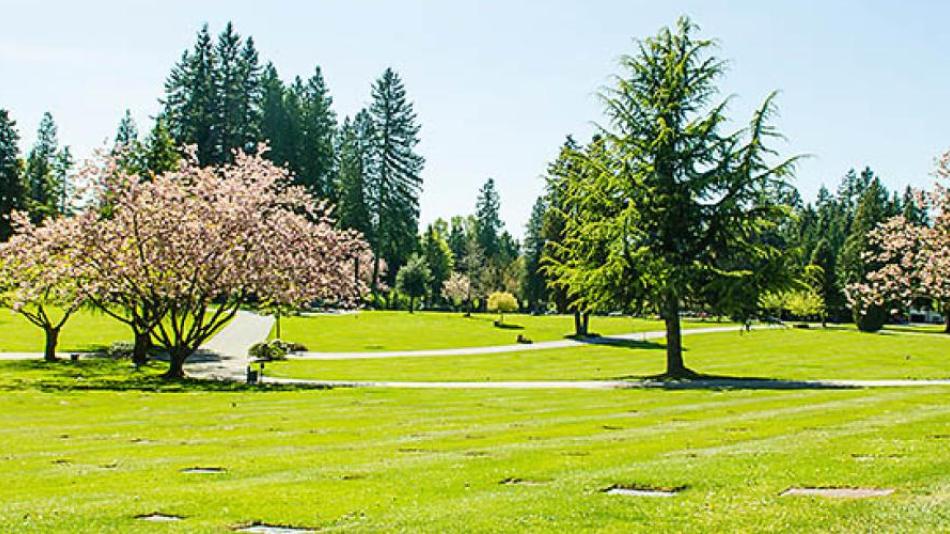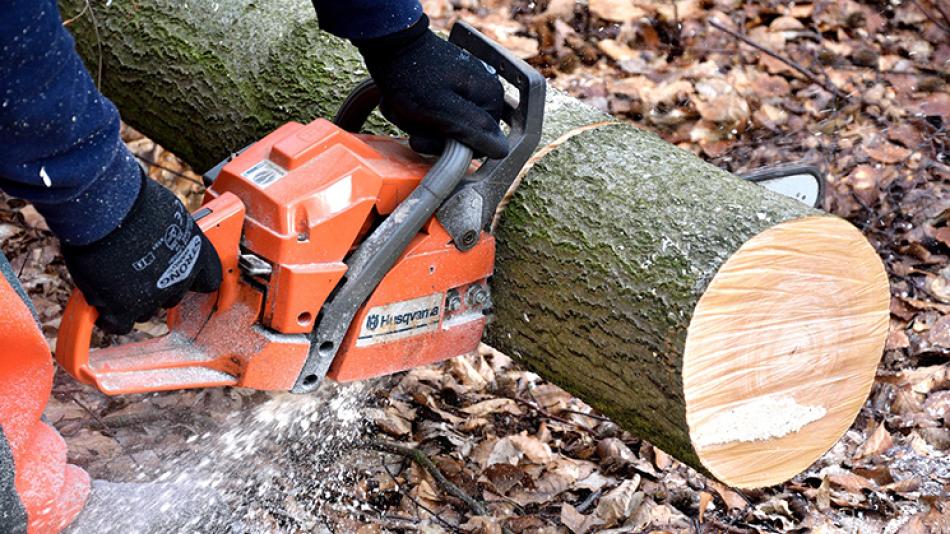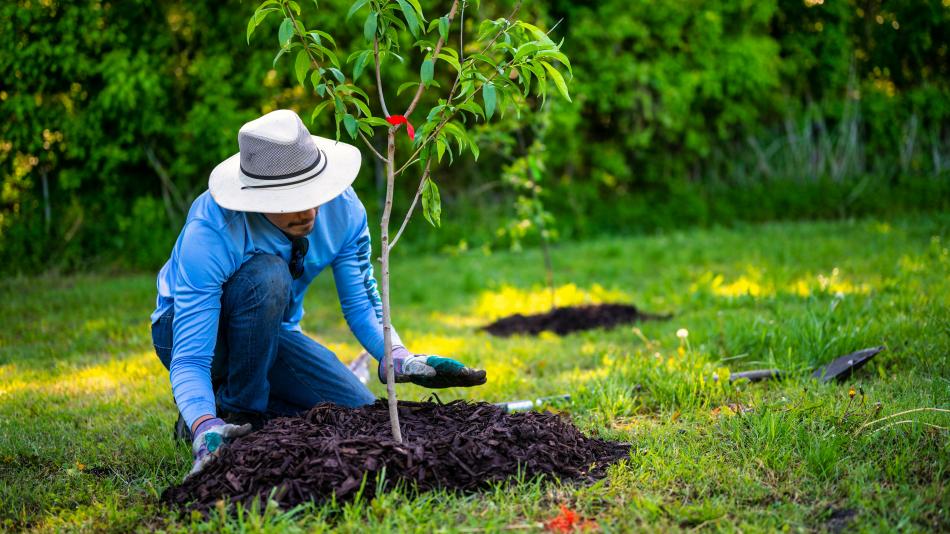Healthy trees are a vital contributor to West Vancouver’s urban forest and provide important services for the health and livability of our community. The urban forest is a critical natural asset to help the District in its climate change mitigation and adaptation because of its many co-benefits. Trees reduce air and noise pollution, provide energy-saving shade and cooling, intercept rain-water to reduce flooding, hold soil to stabilize slopes, provide critical habitat for wildlife, can enhance local aesthetics, and contribute to community mental health and wellbeing. Protecting and enhancing our trees is important for residents, balanced with access to sunlight, views, safety, and long-term tree survival.
To support the natural assets of the urban forest, the District’s Urban Forest Management Plan provides a 15-year vision, with strategies and actions to achieve a 52% canopy cover target. Its implementation will continue to improve the management of public tree assets to efficiently maximize their benefits, minimize risks and expand opportunities to protect and grow private property tree canopy.
To learn more about the Urban Forest Management Plan goals, associated strategies and actions, the complete report is provided here.
Protected trees in the District include:
- certain trees on private property
- trees in District land/parks
- trees within a stream corridor, near the foreshore or other environmentally-sensitive areas
- heritage trees (as part of the Community Heritage Register)
- old growth trees
- trees on land protected by a covenant

Tree Bylaw
The Tree Bylaw was adopted on November 2, 2020 as part of an ongoing process to manage trees as part of the District’s urban forest. Always review the Tree Bylaw before removing or pruning trees.

Tree Cutting Permits
A tree permit is required if you want to prune or remove a Protected Tree. Find out which permit may be required to cut trees on private property, public property, and in environmentally-sensitive areas.

Tree Planting Resources and Guides
Planting and nurturing healthy trees on public and private lands will enhance local biodiversity, and provide sustainable cooling, air purification, rainwater dissipation, and important tree succession in a changing climate.

